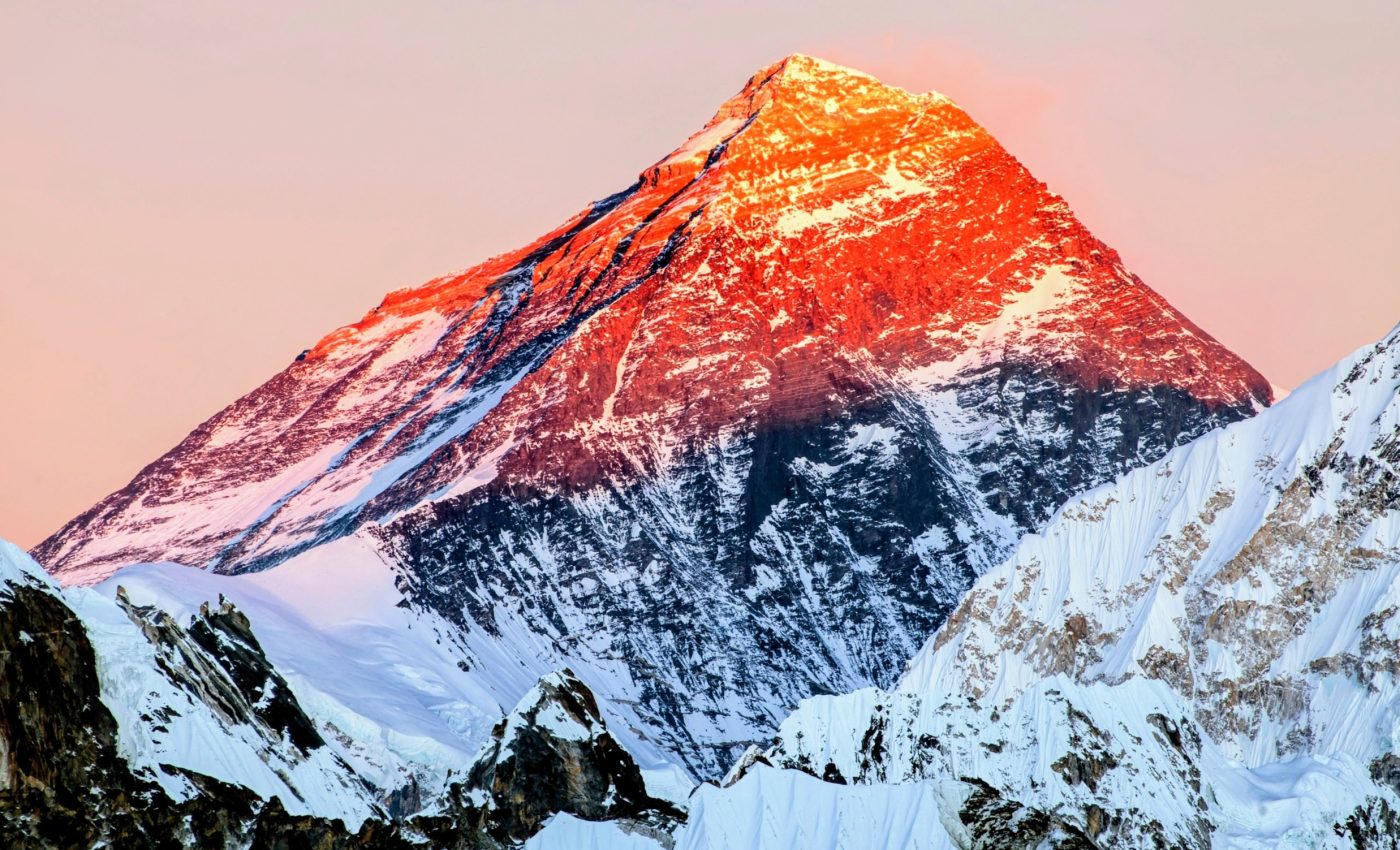
What is making Mount Everest grow taller?
Mount Everest is between 15 to 50 meters taller than it would be without the uplift caused by a nearby eroding river gorge, and it continues to grow as a result. This is the conclusion of a recent study led by a team of researchers from University College London (UCL).
The research, published in the journal Nature Geoscience, reveals that erosion from a river network located approximately 75 kilometers from Mount Everest has carved away a significant gorge – causing the mountain to rise by up to two millimeters per year.
This process has already added between 15 and 50 meters to Everest’s height over the last 89,000 years.
Tallest peak grows even taller
Mount Everest, which stands at 8,849 meters, is the highest mountain on Earth and rises about 250 meters above the next tallest peak in the Himalayas.
This elevation is considered unusually high for the range, especially when compared to the next tallest peaks – K2, Kangchenjunga, and Lhotse – which differ by only about 120 meters.
Part of this anomaly is attributed to a process known as isostatic rebound. This occurs when erosion reduces the mass of the Earth’s crust in an area, causing the underlying mantle’s pressure to push upwards, as the downward force of gravity is reduced.
This gradual uplift happens at a rate of a few millimeters per year, but over long periods of time, it can significantly alter the landscape.
Mount Everest springs upwards
The experts determined that Everest’s height increase began approximately 89,000 years ago when the Arun River merged with the Kosi river network.
“Mount Everest is a remarkable mountain of myth and legend and it’s still growing. Our research shows that as the nearby river system cuts deeper, the loss of material is causing the mountain to spring further upwards,” said co-author Adam Smith, a doctoral student at UCL.
Unsteady river alters Mount Everest’s height
Currently, the Arun River runs east of Everest, joining with the Kosi River downstream. Over time, it has carved out a deep gorge, washing away billions of tons of sediment and contributing to the ongoing uplift of the region.
“An interesting river system exists in the Everest region,” said co-author Jin-Gen Dai of the China University of Geosciences.
“The upstream Arun river flows east at high altitude with a flat valley. It then abruptly turns south as the Kosi river, dropping in elevation and becoming steeper. This unique topography, indicative of an unsteady state, likely relates to Everest’s extreme height.”
Neighboring peaks are also growing
The uplift caused by isostatic rebound affects not only Mount Everest but also neighboring peaks, including Lhotse and Makalu, the fourth and fifth tallest peaks in the world.
The process elevates all of these mountains by a similar amount, with Makalu, being closer to the Arun River, experiencing slightly faster uplift.
“Mount Everest and its neighboring peaks are growing because the isostatic rebound is raising them up faster than erosion is wearing them down,” said co-author Matthew Fox, an earth scientist at UCL.
“We can see them growing by about two millimeters a year using GPS instruments, and now we have a better understanding of what’s driving it.”
Merging rivers accelerated the uplift
By studying the erosion rates of the Arun, Kosi, and other rivers in the area, the researchers determined that the Arun River merged with the Kosi river network 89,000 years ago in a process known as drainage piracy.
This increased the water flow through the Kosi, amplifying its erosive power and washing away more of the surrounding landscape. This erosion accelerated the rate of uplift, pushing the mountains even higher.
“The changing height of Mount Everest really highlights the dynamic nature of the Earth’s surface,” said study lead author Xu Han of the China University of Geosciences, who conducted the research while visiting UCL on a China Scholarship Council fellowship.
“The interaction between the erosion of the Arun river and the upward pressure of the Earth’s mantle gives Mount Everest a boost, pushing it up higher than it would otherwise be.”
—–
Like what you read? Subscribe to our newsletter for engaging articles, exclusive content, and the latest updates.
Check us out on EarthSnap, a free app brought to you by Eric Ralls and Earth.com.
—–













